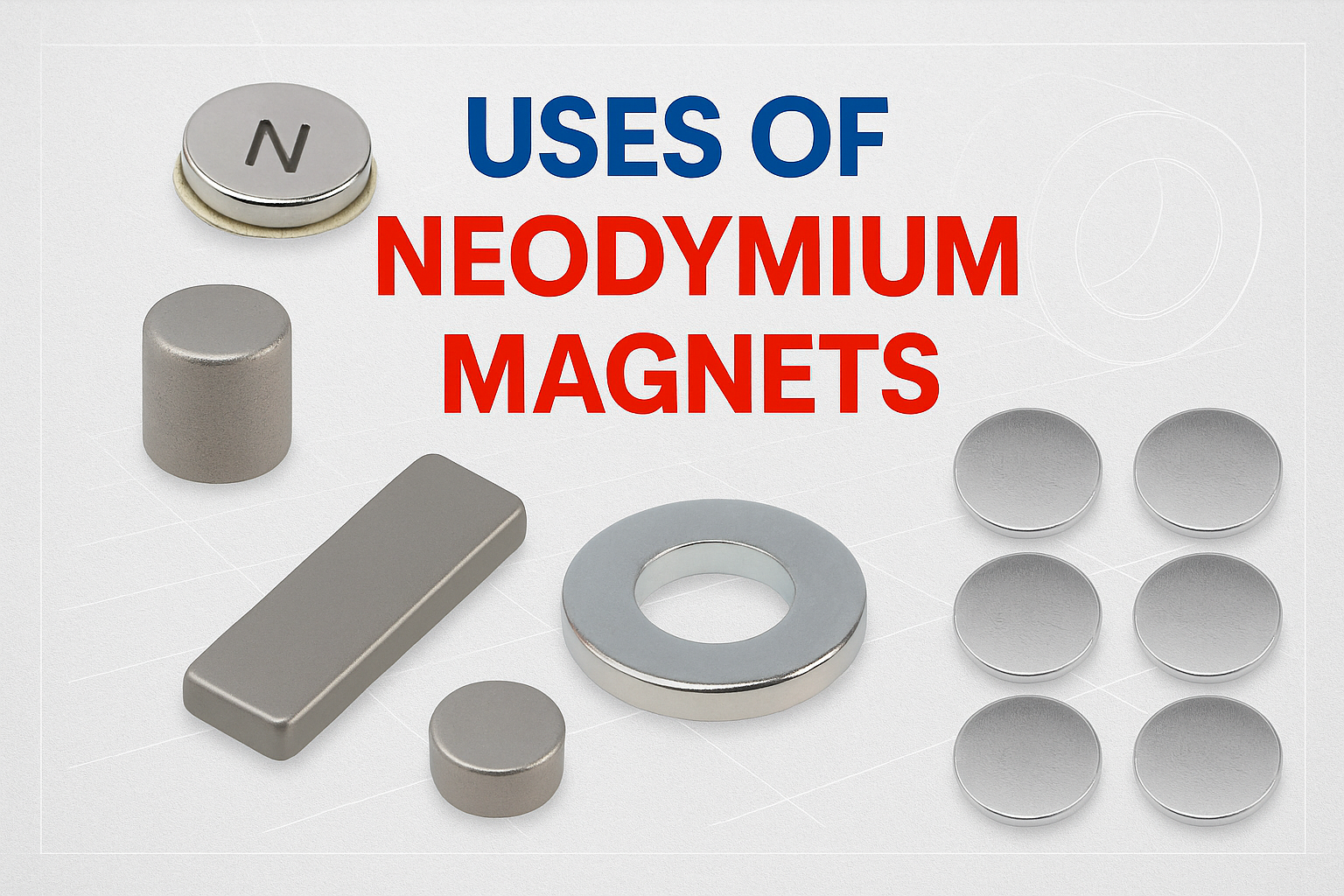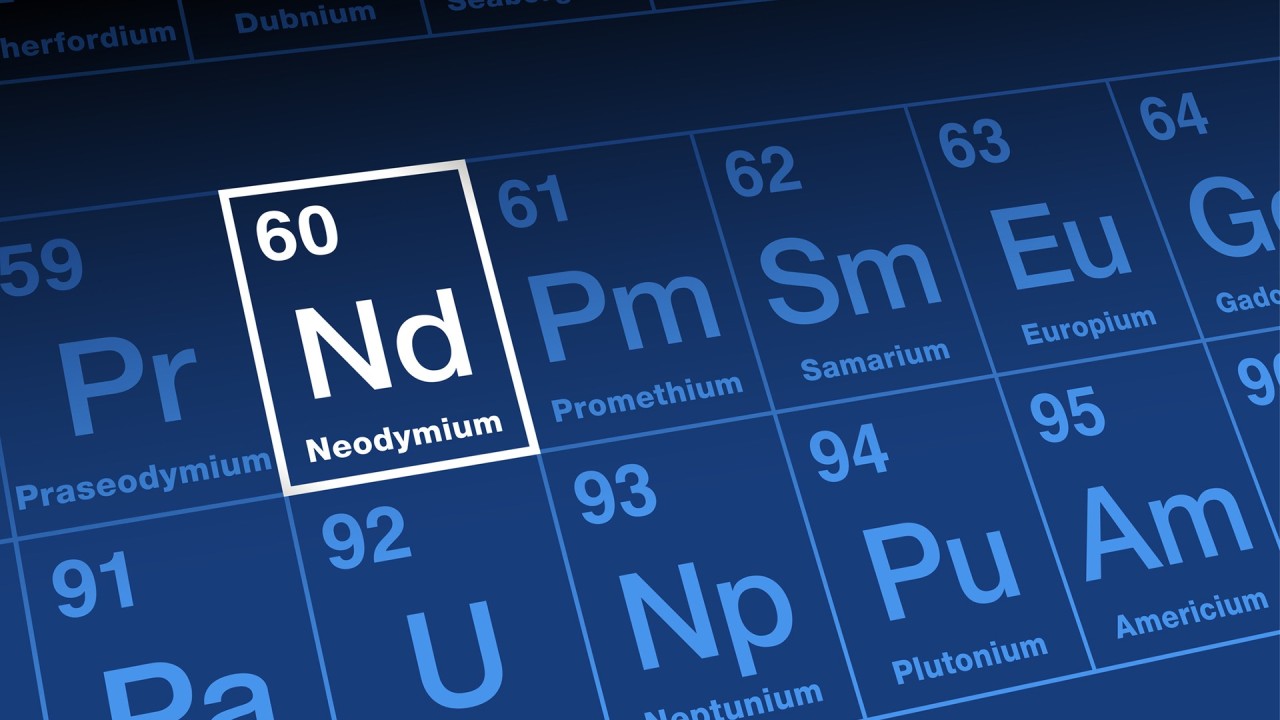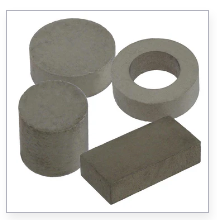FEATURED POST
Temperature and Magnetism: Knowing Your Operating Temperature Matters
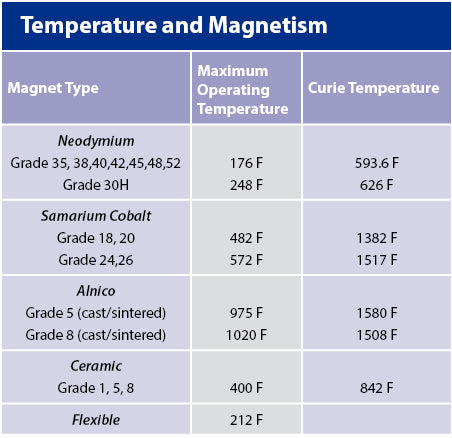
Temperature and Magnetism: Knowing Your Operating Temperature Matters
By Shalea Hardison
Selecting a magnet involves many factors, not the least of which is the temperature at which it will be used. Understanding the relationship between temperature and magnetism for each type of magnet helps ensure the correct magnet for high heat application is selected.
When discussing temperature and magnetism, there are two ranges to be aware of: the Maximum Operating Temperature and the Curie Temperature These are different for each magnet material, as well as the size and shape of a magnet.

The Maximum Operating Temperature refers to the temperature at which a magnet begins to lose its strength if further heated. This loss of strength may only be minimal, less than 10 percent, when the magnet returns to an ambient temperature. This is referred to as reversible demagnetization.
The Curie Temperature pertains to the temperature at which a magnet loses all its magnetization. It’s at this temperature that a magnet has irreversible loss. That means it will have little strength left, but could in theory be remagnetized. Permanent losses occur at very high temperatures and the material structure is typically altered
Each magnetic material has different characteristics and their maximum operating temperatures and curie temperatures are an excellent example of those differences.
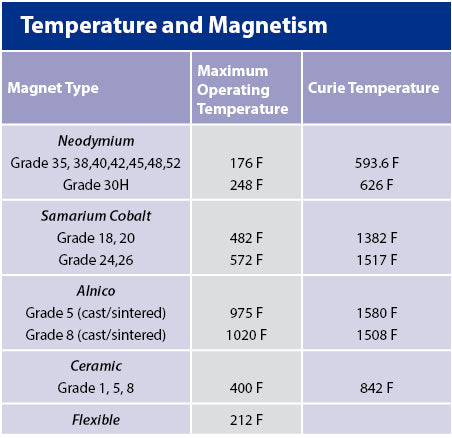
Determining the best magnet for your high-heat application involves more than just a table or chart. Taking into consideration what type of material the magnet is attached to (another magnet, a steel plate or housing), the length of time magnet heated (is it flash heated or baked), and temperature cycling. When it comes to temperature and magnetism, all of these factors influence the type of magnet selected for high heat application.
Each magnet has its own temperature specifications. For specific information on Maximum Operating Temperature and Curie Temperature for a specific magnet and your unique application, please contact our Magnet Experts.





